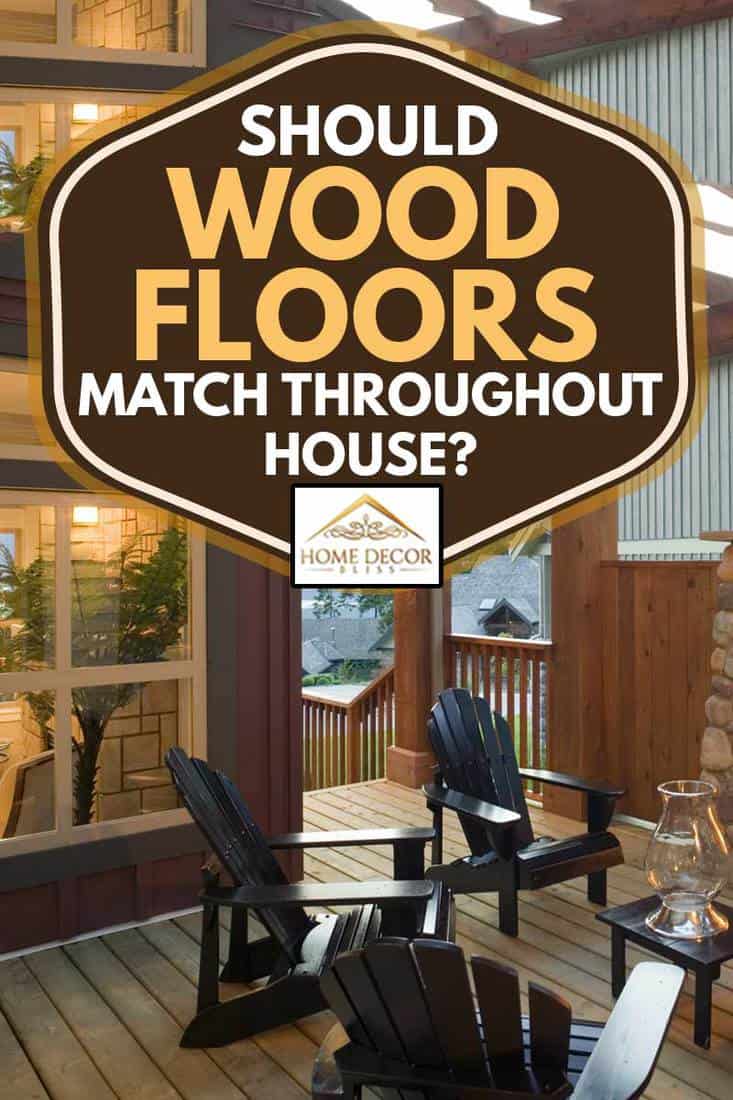
Pros of Matching Wood Floors
It's generally agreed that wood floors don't have to match. However, there are some positives to having your wood floors match.
- For the less bold decorator, there's nothing easier than just using the same flooring. It gives you consistency. You know all the flooring works together (it's the same floor). Some people find that the time they save not having to select and compare multiple floors is enough reason to match the wood.
- Rooms with the same floors do tend to look bigger, especially in an open floor plan. There's a certain cohesiveness that opens up the room and makes everything seem to spread out.
- Matching floors can be cheaper. This is especially true if it's new construction on a home. Contractors may be able to buy one flooring in bulk and save money. They may also be able to save time on installation. This can translate into more savings.
Cons of Matching Wood Floors
While matching is the easy way to give floors a unified look, it's not the only way. And it doesn't always turn out as perfect as you'd expect. Trying to match flooring can create several problems, including:
- Floors that aren't selected for the design of each room
- Similar rooms lacking uniqueness
- Floors that make an inexact match
- Matching can be expensive and time-consuming
Room Design
Floors should be selected for the function and design of each individual room. Certain colors and grains will work in large rooms, others in small. Some are best only when there is lots of natural light.
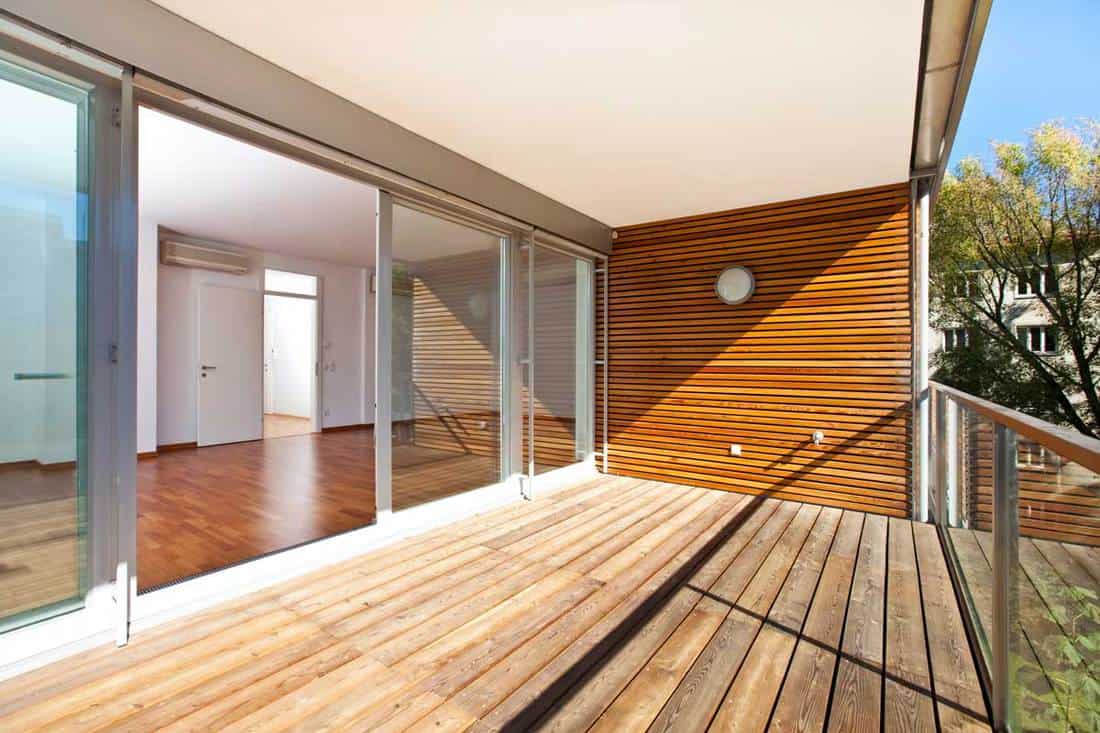
We may include affiliate links and curated AI content to highlight top design styles.
You simply can't find one floor that will work in all of the rooms of a house. The flexibility that comes with using multiple styles of floors offers options for every scenario. You can learn more about picking a wood floor here: What Color Wood Floor Should You Choose?
Rooms that Lack Uniqueness
When all of the floors are the same, you can't adjust your flooring to make one room seem more casual or homey. You can't change the ambiance between rooms. You don't get to pick a more formal floor in the dining room and a more cozy look for a bedroom. In general, it simply withholds a chance to be creative with your floors.
Floors That Make An Inexact Match
It can be challenging to find an exact match to flooring that's already installed in your house. Even if you pick the same type of floor, there are subtle differences from one batch to another. Supposedly identical flooring rarely is actually identical to something made years earlier.
If you try to find something that's the closest match, the small differences between the two almost-identical floors can be distracting. It can even make the room feel off-kilter. It's as if the eye recognizes something isn't quite right here. It's better to pick two completely different floors as an obvious design choice. When you have two almost-the-same floors, you run the risk of looking as though you made a mistake and ordered the wrong floor.
Expensive and Time-Consuming Floors
As stated above, it can sometimes be impossible to find truly matching floors. This can mean that the only way to get matching floors is to re-do all the floors and start over. If you were planning to replace only one floor, having to sand down and stain every wood floor in the house just to get them to match could be a much larger expense than you intended.
Accepting and leaning into floors that are different on purpose can often be less of a headache. It's ridiculous to have to re-do all of the floors every time you want to make a change. Give yourself permission to break up the floors now. Then, you can change any floor whenever you need without all of the floors being so dependent on each other in the future.
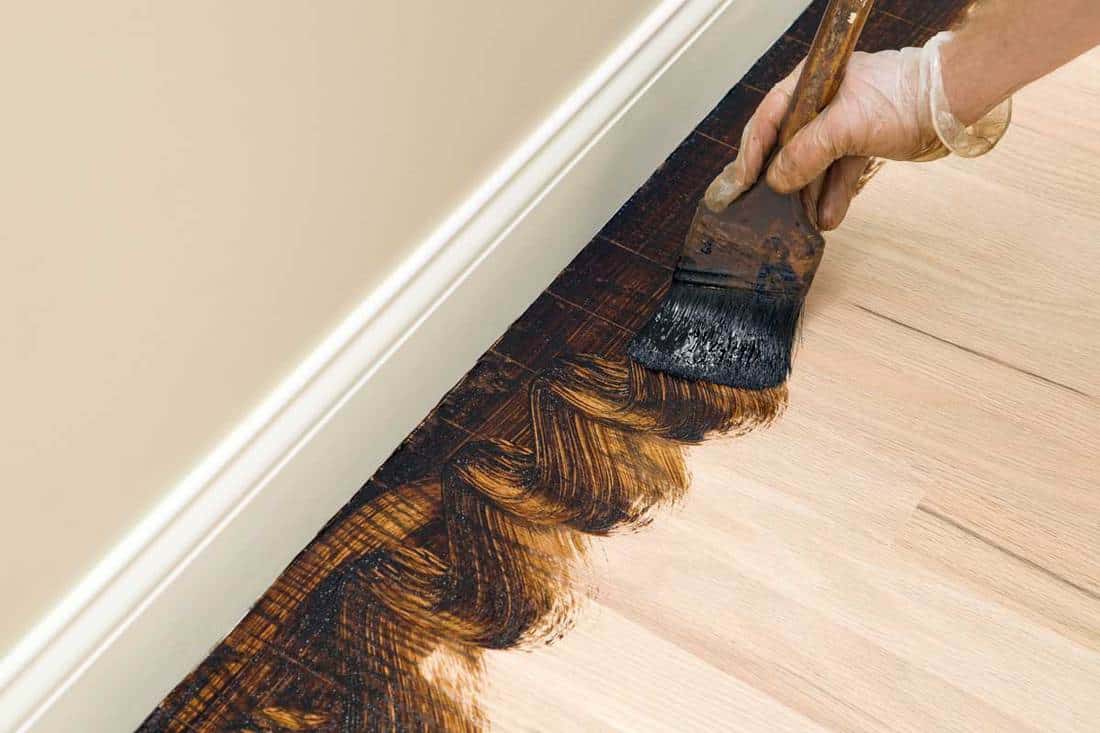
How to Mix Woods
Whether or not you choose to mix wood flooring is, in the end, a choice that is up to you. If you decide that mixed floors are the best style for you, here are some helpful tips to pull everything together.
- The Rule of 3: When you have a repeating element that is similar (such as hardwood floors), you generally want to avoid more than three options being visible at any time. For example, if from the living room, you can see into the kitchen, foyer, and dining room, you don't want more than three different kinds of wood floors to be visible. It makes the home design look choppy and disjointed.
- Contrast and complement, but do not blend. Blending things that are not quite the same looks accidental. Select options that are clearly distinct, intentional choices. However, keep the look organized by making choices that contrast and complement each other.
Should Wood Floors Match Wood Doors?
Matching wood floors to wood doors poses the same problems seen when trying to match wood floors. Often, you can't find a door that truly matches the floor. Near-matches are still a miss. Those misses are more distracting to the eye than simply not trying to match at all. While matching the floor and the door is not wrong, it's hard to do, and often, the end result is poor.
It's better to make sure that the floors and doors complement each other. For example, identify the underlying color of the floor. You may be able to tell that the floor is primarily yellow. A complementary color for yellow is blue. Typically, it can be easier to complement the wooden floor with a door stained with a subtle blue tint than it is to match.
Should Wood Floors Match Kitchen Cabinets?
Matching wood floors to the kitchen cabinets is a common mistake. Select cabinets and wood floors that have a bit of contrast (one dark, one light). It creates visual interest. Too much area that is matching (floors and cabinets take up the majority of the room, after all) creates an overwhelmingly boring space that is flat and dull.
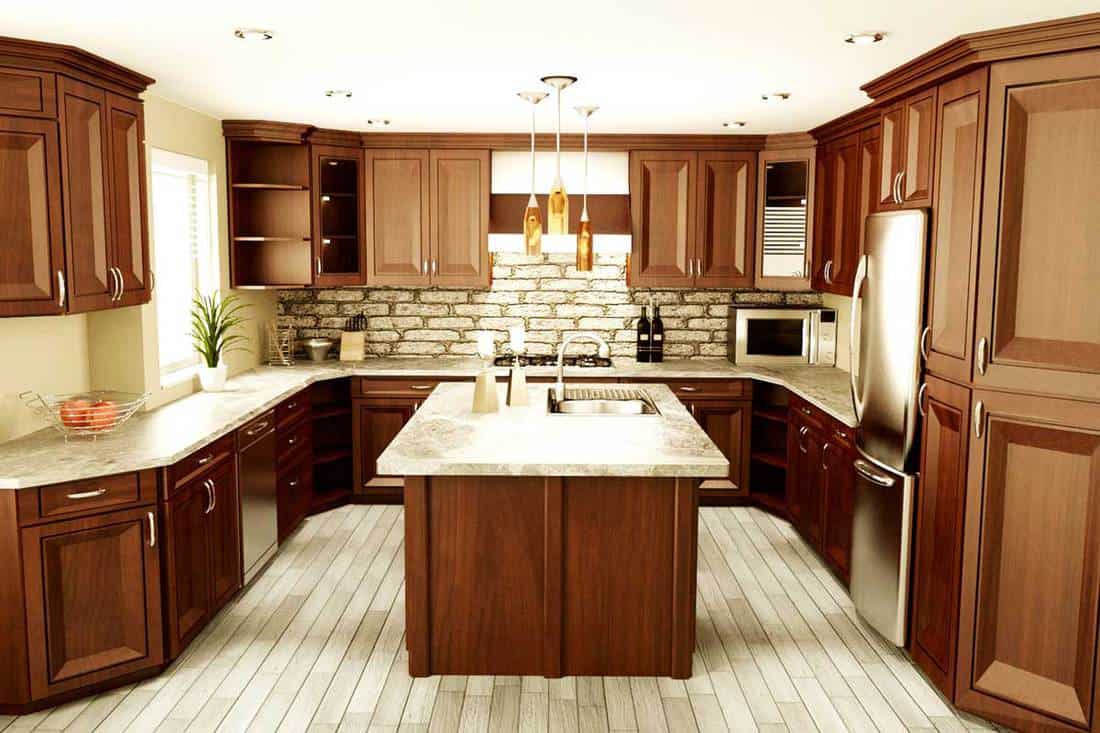
However, do select woods with a similar tone. Identify if you are using warm, cool, or neutral-toned wood - and then stick to it. For more ideas on kitchen design, try 24 Gorgeous Kitchen Cabinet and Wood Floor Color Combinations.
What Flooring Looks Good Next To Wood Floors?
- Carpet - since carpet is so different from wood, it makes a clean and neat transition from one floor to the other with no real effort from you. However, be sure to select a color that complements the hardwood.
- Tile - like carpet, tile can look very nice beside a hardwood, as long as you select the right color. Pick one that complements the hardwood floor instead of one that tries to steal attention from it.
- Another hardwood - select a hardwood that is in obvious contrast to the first. You don't want your floors to blend. That can look as if it were supposed to be all one floor, and you got the wrong material halfway through the project. By picking something different and contrasting, the visual clarifies that these are two separate spaces and floors.
You may also want to read further: Do You Need Area Rugs On Hardwood Floors?
What Color of Wood Doesn't Go Out Of Style?
The most timeless color for wood is a mid-tone style, not too light and not too dark. While rich, dark woods and blonde woods both can be a fashionable choice, they tend to make a trendy statement that isn't always the current fashion. Mid-tone, however, is somewhere right in the middle and simply looks classic at any time.
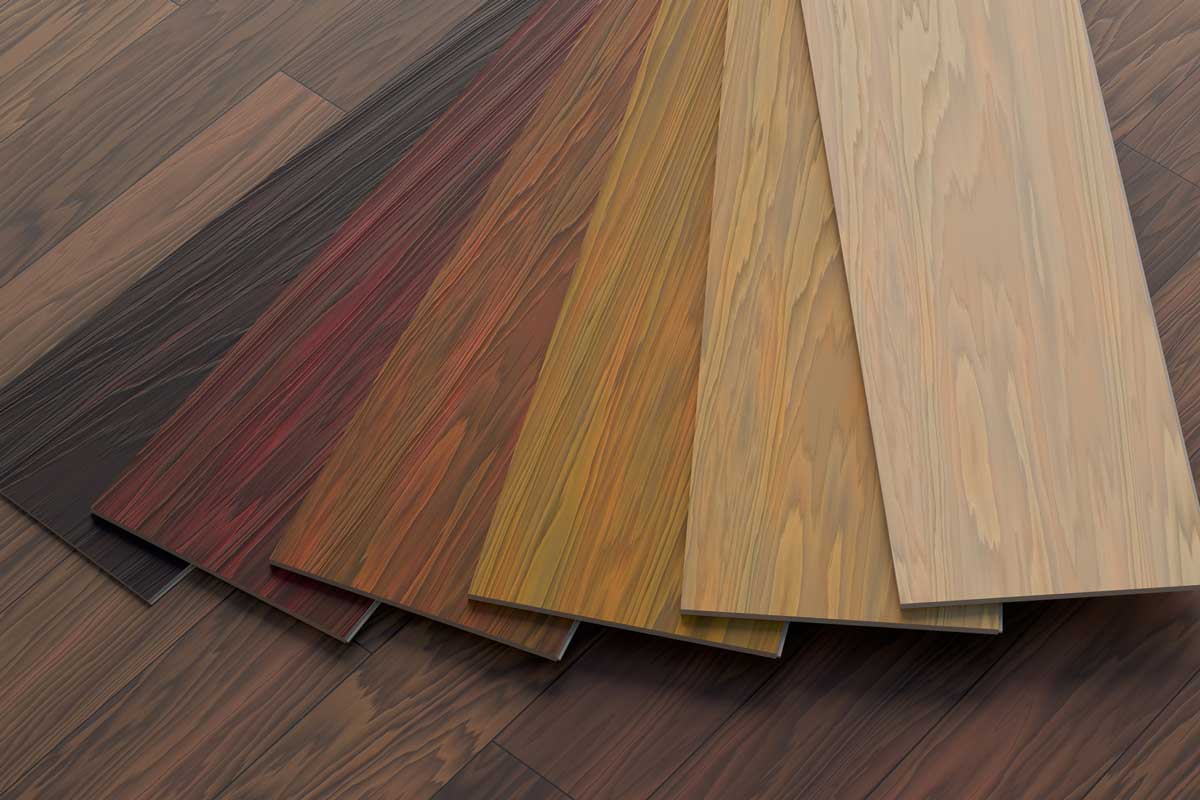
In Conclusion
Many people mistakenly think that wood floors in a home should all match. While there's nothing wrong with keeping floors the same, they do not have to match. There are many options for wood floors that differ between rooms (or even areas) and many perks to having a combination of floors in the home. Ultimately, it's a matter of personal style and taste as to which one you select.



